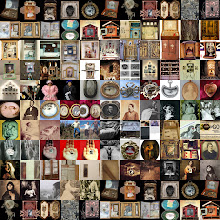

This series of gendered statues was born from my drawing visits to museums in London, they are my first screenprints. The boy is from a sculpture in Tate Britain, and the greek sculpture and the centaurus are from the Courtauld Gallery. I like the contrast between objects that are clearly artistic/cultural with the scientific/medical language. The female and male are titled Child Bearing Pelvis and Muscle Bearing Pelvis, refering to the anatomist's aim to inscribe sex difference deep into the bone. By placing the reproductive organs inside the pelvis I represent the emphasis placed on gender as determining function and meaning. Charged with cultural paradigm, the body says what we are, and what we are for. Sex and gender are so intertwined in our anatomy they cannot be separated, for if our pelvis are shaped to bear children or to sustain our strong muscle structure, men and women have clear different social roles determined by "nature".

Phalloplasty performed on centaurus is an example of how myth and science come together in the construction of masculinity. The centaurus is clearly a male figure, muscly, strong, mighty creature, even though he lacks male sex organs. He can be a male ideal because masculinity has such a strong presence in culture by itself, it no longer needs what it is based on to exist (sex). I performed a phalloplasty on this abnormal being since it clearly needed one to become a fully functional male and so he could live a happy social life and identity.



